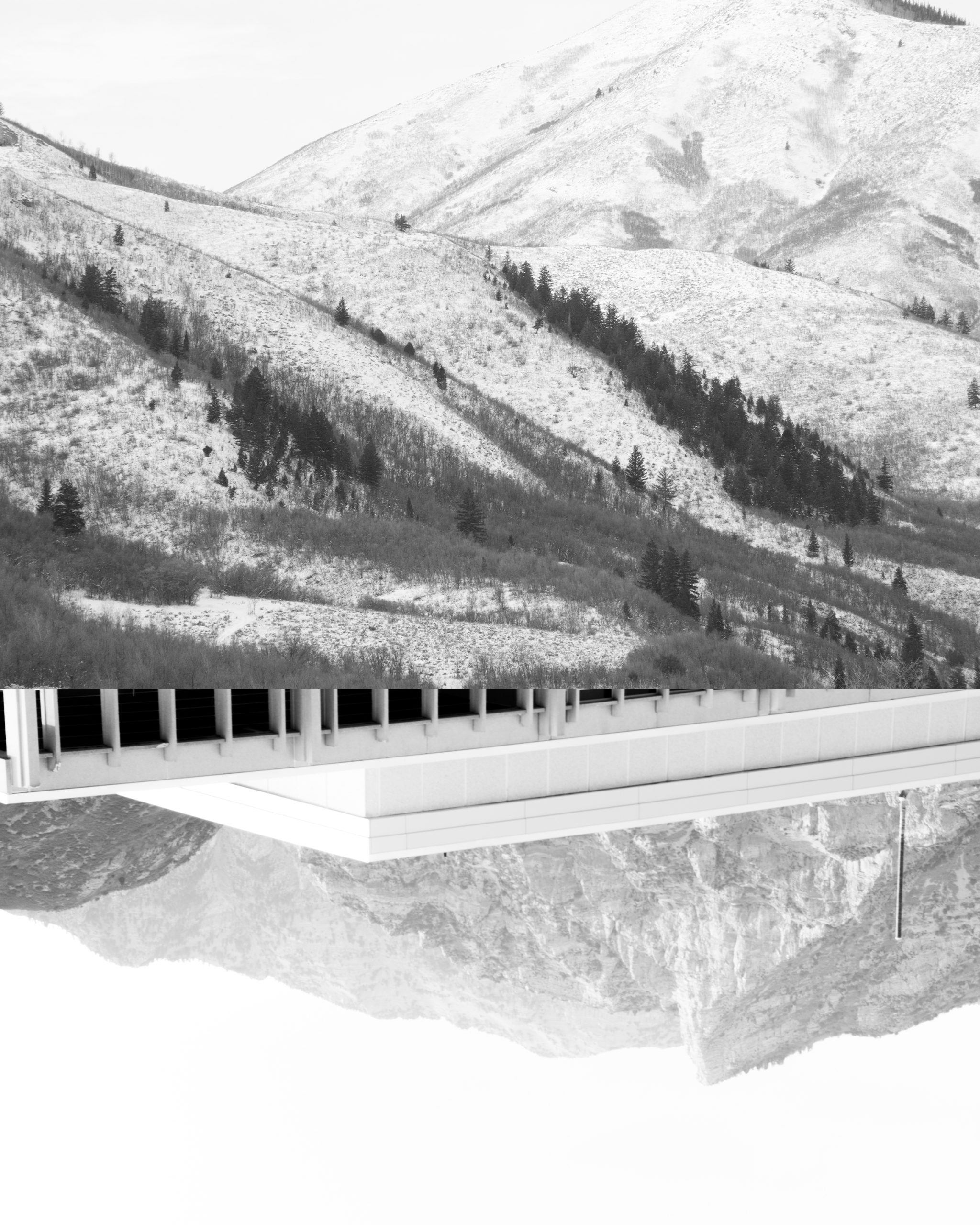By Scott Hales
Spanish Fork, 1899
Lying there, she looks alive, caught
mid-blink, between breaths, as if all
we need to do is tug at her puffy sleeve
and whisper her awake. She’s rehearsing
for the resurrection, this Lazarus woman,
calling to our inner Christ with her lifelike
look of repose. Her raven hair is perfect—
curled tight and parted down the middle—
not quite the wispy conch of a Gibson Girl,
but something like it. And her short jacket
and lacy scarf, what we see of them, are as neat
as grief allows. So too are the white sheets,
still creased, her father hangs behind her head
while the hometown photographer unpacks
his boxy wooden camera and points it
at her face. But to us, eying her now,
these quaint respects seem immaterial
alongside the enigma of her empty sleeves.
Her eyes and mouth are so serene—
it feels impertinent to ask, even silently,
about the missing hands. And yet,
that’s what we do, anticipating a tale,
some disfiguring slip of the Industrial Age.
Never mind the obvious: her hands are still there,
hidden beneath the folds of her blouse,
as easily retrieved as two dusty candlesticks
from the topmost cupboard shelf. Yes,
that’s the message of this portrait: spirit
and body, not light and emulsion, are her soul.
Death and time cannot erase her.
Scott Hales (BA English, 2005) is a writer and historian for the Church History Department of The Church of Jesus Christ of Latter-day Saints. His writing has appeared in BYU Studies, Irreantum, Literature and the Arts, The Journal of Book of Mormon Studies, and other publications. His first collection of poetry, Hemingway in Paradise and Other Mormon Poems, appeared in 2022. He lives in Eagle Mountain, Utah.



